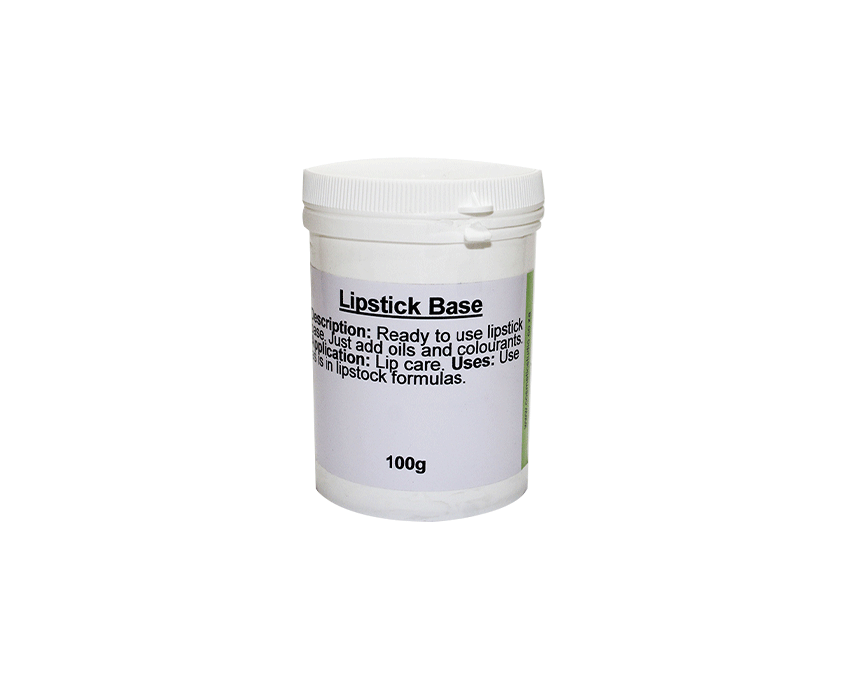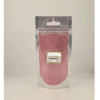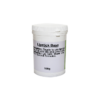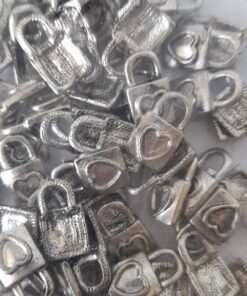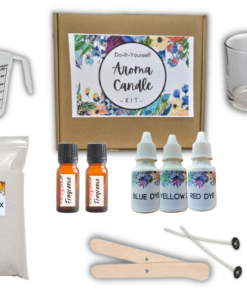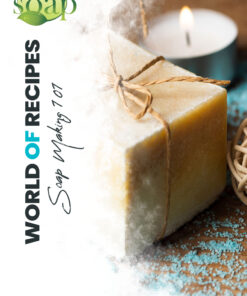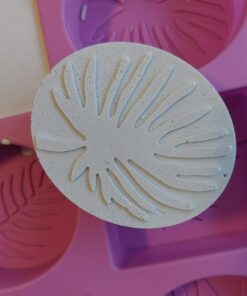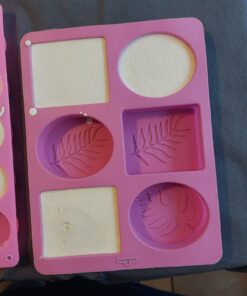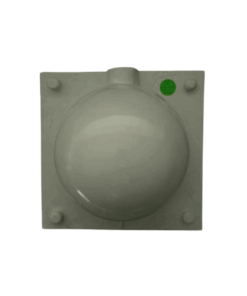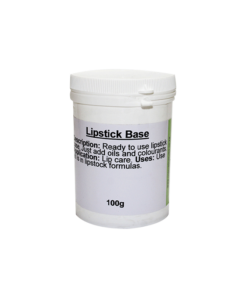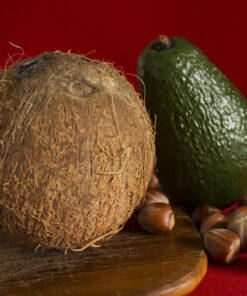Lipstick Base – 50g
R82,32
Lipstick Base – 50g – This ready-to-use base provides the perfect foundation for your custom lipstick formulations, easy to customize to your liking
15 in stock
Lipstick Base – 50g
Create luxurious, high-quality lipsticks with our Lipstick Base – 50g. This ready-to-use base provides the perfect foundation for your custom lipstick formulations. With a smooth texture and rich moisturizing properties, this base ensures your lipsticks glide on effortlessly, leaving your lips feeling soft and nourished.
Smooth, Moisturizing, and Easy to Use
Our Lipstick Base is formulated with skin-loving ingredients that hydrate and protect your lips. It has a creamy consistency that blends well with colourants, essential oils, and fragrances, allowing you to create the perfect custom lipstick. The base is designed to provide a smooth and even application, ensuring a professional finish every time.
Perfect for Customizing and Creating Unique Shades
The 100g size is ideal for small-batch and larger production, allowing you to experiment with different colourants, textures, and scents. Whether you’re making lipsticks for personal use or creating a product line, this base is versatile and easy to customize. Simply add your favourite pigments, essential oils, or flavours to create the perfect shade for any occasion.
Why You’ll Love It:
-
Smooth, creamy texture for easy application and a flawless finish
-
Hydrating formula to keep lips soft, smooth, and moisturized
-
Easy to customize with colourants, scents, and additives
-
Perfect for making lipsticks, balms, glosses, and more
-
Cosmetic-grade ingredients that are safe for use on lips
-
Supplied in a 50g size, ideal for small or large batches
Craft Your Perfect Lipstick with Ease
Our Lipstick Base – 50g makes it simple to create high-quality, moisturizing lipsticks. Whether you’re crafting for personal use or starting your own brand, this base is the perfect foundation for crafting custom, luxurious lip care products.
| Weight | 0,100 kg |
|---|---|
| Dimensions | 8 × 8 × 8 cm |
Related products
Deli (Ready Made)
Jescast Moulding
Jescast Kit – Used to Make Mould Castings (Jesmonite Equivalent)

